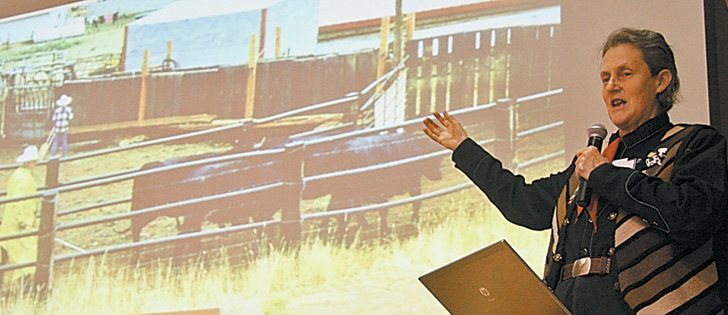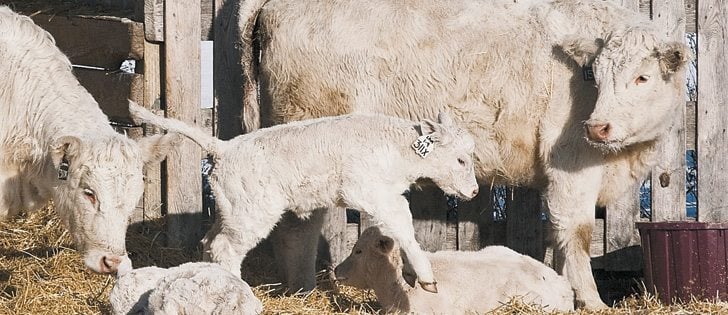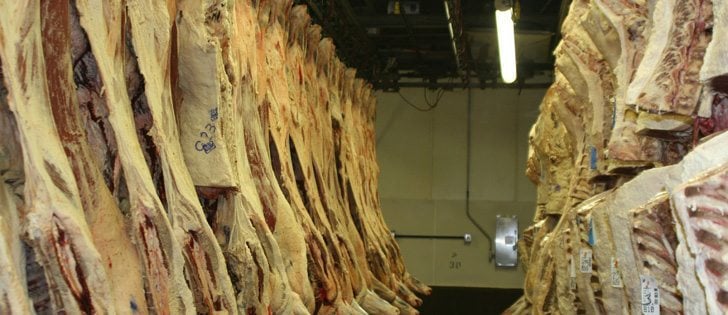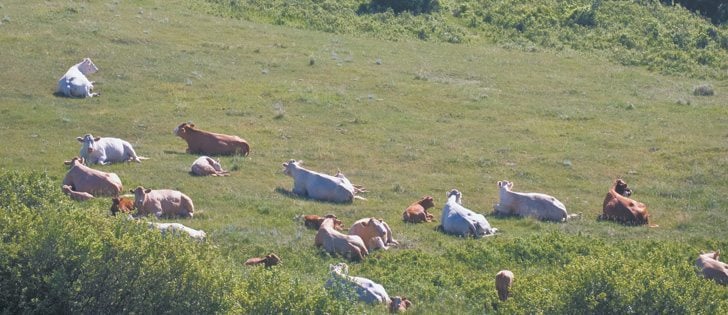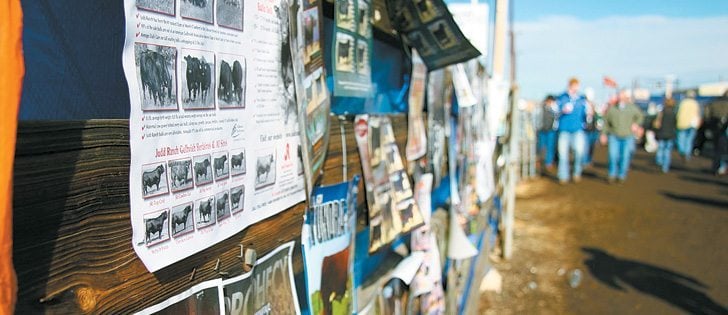The Canadian Hereford Association is leading a three year genomics study to detect feed efficiency traits within the breed.
The $945,000 project, which starts this fall, includes Alberta Agriculture, Olds College, Cattleland Feedyards, the University of Alberta and Livestock Gentec.
The grant came from the Natural Sciences and Engineering Council of Canada under the College-University Idea to Innovation program.
The work will combine phenotypic and DNA information to find the most feed efficient cattle among 1,000 weaned bull calves, said Gordon Stephenson, manager of the Hereford association.
Read Also

Canadian Food Inspection Agency slammed for handling of bovine tuberculosis case
The federal government leans heavily on producers to “take one for the team” and risk their livelihoods without any reassurance of support.
“We eventually hope to develop an EPD (expected progency differences) for feed efficiency for our breed,” he said.
The plan is to blend molecular breeding values with EPD for a more accurate predictor of traits such as residual feed efficiency.
The association does not have this information.
“Some breeders have attempted to identify bloodlines within their breeding programs on animals that are more feed efficient than others, but this will be the first scientific research study where we will really be able to identify genetics that might have an EPD for feed efficiency,” he said.
DNA and ultrasound readings will be collected on every bull, and data will be available at the end of the study. Herefords have a reputation for being low maintenance cattle and tend not to require as much feed to maintain themselves.
“It has something to do with disposition as well,” he said. “We think there is a tie in with disposition.”
The study requires 1,000 weaned bull calves that will be placed on feed at Olds College and Cattleland Feedyards in Strathmore, Alta.
Each will wear an electronic ear tag for individual identification, and the Grow Safe system will be used to measure how much each animal consumes during a feeding period.
About 300 Canadian cattle are needed per year.
Project leader John Basarab of Alberta Agriculture has already conducted considerable feed efficiency research and found it is a heritable trait.
The association is also co-operating through the Genome Canada project with the American Hereford Association, a private genetics company, and the University of Iowa to develop a 50K SNP panel that is specific for Herefords. That project will also require information from 1,000 bulls.
Genome Canada is profiling 30 influential sires from each of the major breeds. All will be genotyped.




